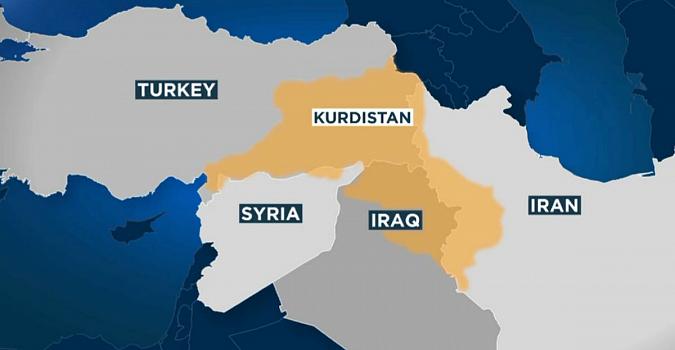7667766266
enquiry@shankarias.in
What is the issue?
Who are the Kurds?

How did they act in the operations against IS?
What is the current operation?
How has the international reactions been?
How is battle unfolding?
Source: The Hindu